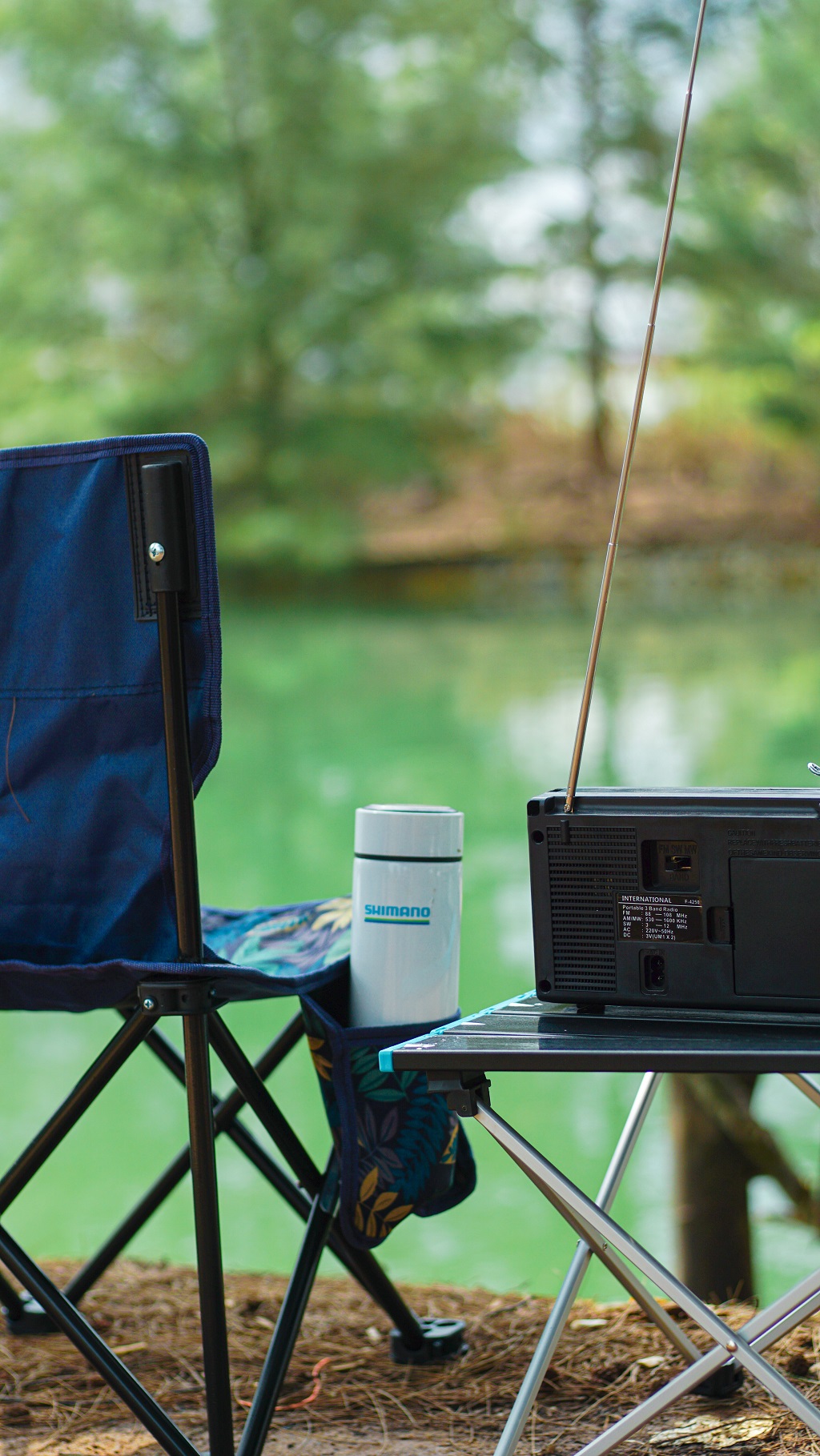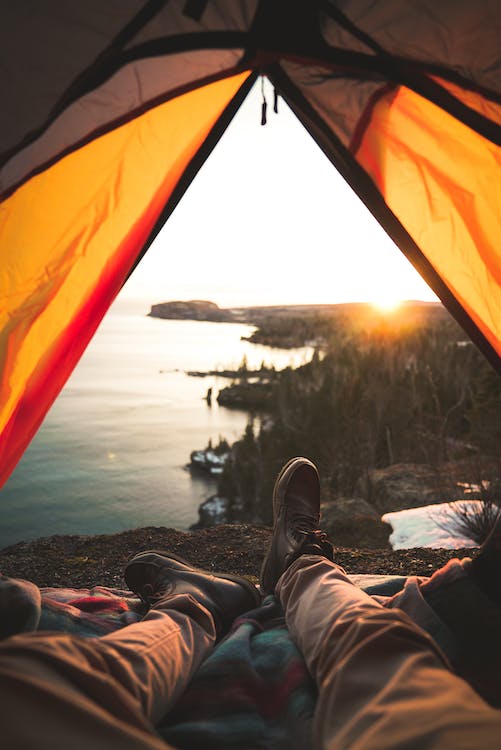How To Plan The Perfect Eco-Friendly Camping Trip
Camping provides you with the perfect opportunity to immerse yourselves in the beauty of the natural world, but you have a responsibility to preserve the environment whenever you step out into the wilderness. Taking part in unsustainable practices during your camping trip is a big no-no, as you should ‘take only photos, and leave only footprints'!
Fortunately, this informative guide aims to teach you exactly how to plan the perfect eco-friendly camping trip. You'll be able to enjoy the most amazing adventure without having any guilt on your conscience, as you can camp to your heart's content without having to disturb the wild world around you.
So, what are you waiting for? Read on to discover more now!
Step 1: Source The Right Tools & Equipment
One of the very first steps that you should follow when you're preparing for an eco-friendly camping trip is to source the right tools and equipment. There are so many different manufacturers and suppliers when it comes to camping gear, but it's fair to say that not all of them are equal. Some opt for sustainable materials, whereas others cut corners and utilize the cheapest yet least eco-friendly alternatives. It's vital that you can take some time to search for the most suitable tools and equipment, including a power supply, a shelter, and some survival gear.
The most environmentally conscious power supply that you can utilize for your sustainable camping trip would be solar energy. Solar energy is totally renewable, and it's often fairly easy to find a sunny spot when you're willing to do a little exploring. Something like a 200W solar panel would be absolutely perfect, as you can easily fold it up to transport it to wherever you intend on camping. You can then use the energy you have stored to power all kinds of equipment from lights to radios and phone chargers, removing the need for gas powered generators or non-rechargeable batteries.
When it comes to choosing the most sustainable shelter, no shelter at all is always going to be your best bet. The chances are, if the weather conditions aren't going to be too terrible (think torrential rain and thunderstorms), then you can probably sleep under the stars without the need for any extras. If you want to be above ground, then you can source a hammock of some kind made of sustainable materials such as organic hemp that's super strong yet lightweight. If you desire or require a little more protection, then there are tents made from recycled materials that help to remove some of the plastic from the environment rather than contributing to it!
Lastly, sourcing secondhand survival gear can be a brilliant way to reduce the impact of your camping trip. It's more than likely that you can find some used gear, whether this means borrowing a head torch from a friend or paying to rent some hunting or fishing equipment rather than buying a brand new set. Little changes such as these can reduce your carbon footprint more than you could ever truly realize.
Step 2: Find The Most Suitable Camping Spot
Though you might prefer to venture into the depths of the wilderness, the chances are you'll be encroaching onto an animal's home. The further you get from civilization, the more likely you are to encounter animals that do not want to be disturbed – hence their distance from the modern world. It's best to leave these animals alone, and that's partly why dedicated camping spots exist. You can certainly plan a visit to a National park if that's what you'd prefer, but just make sure you find a suitable camping spot in dedicated grounds rather than venturing too far off-trail to camp somewhere more rural.
It's also a good idea to find a spot that allows for waste disposal with proper toilet facilities, as leaving your garbage and other nasties lying around when you leave is a definite no-no. It's your responsibility to leave your campsite exactly how you found it, if not cleaner if you want to be proactive and keep the natural world as pristine as it can be! Make sure there are no nests nearby that you might disrupt too, as sometimes this can prove disastrous for both animals and insects. Touching a young animal can cause it to be rejected by its mother, as you risk leaving your scent on the animal. Ants nests and bees nests can also wreak havoc for your camping trip, as accidentally damaging one could reduce a colony size and even cause them to attack!
Step 3: Be Responsible When Hunting & Foraging
Last but by no means least, always try your best to be responsible when hunting and foraging. Hunting and foraging are essential aspects of any good camping trip, as it's a wonderful experience to taste what native delights the natural world has to offer. However, you must make sure that in doing so you do not damage the wildlife itself. By taking too much, you could seriously disrupt regrowth or repopulation. By hunting females or young animals, you will also be impacting negatively on the species. By using inhumane methods to hunt, such as traps, you could inadvertently seriously injure an animal that you do not catch. This would leave them wandering in excruciating pain, at higher risk of catching a disease that they could then spread to other members of its species.
So, it's a good idea to utilize the following steps to make sure you can hunt and forage in the most responsible, sustainable manner. Never target a threatened species, whether this means plants or animals. Avoid hunting any young, opting for larger adults that have already had a chance to mate and reproduce. Make sure that you forage plants in a kind and caring way, so as not to damage the plant itself when you are feeding on its fruits. Following these simple rules should help you to enjoy the act of hunting and foraging during your camping trip without any guilt on your conscience!
Figuring out how to plan the most eco-friendly camping trip has never been so simple.
839GYLCCC1992





Leave a Reply